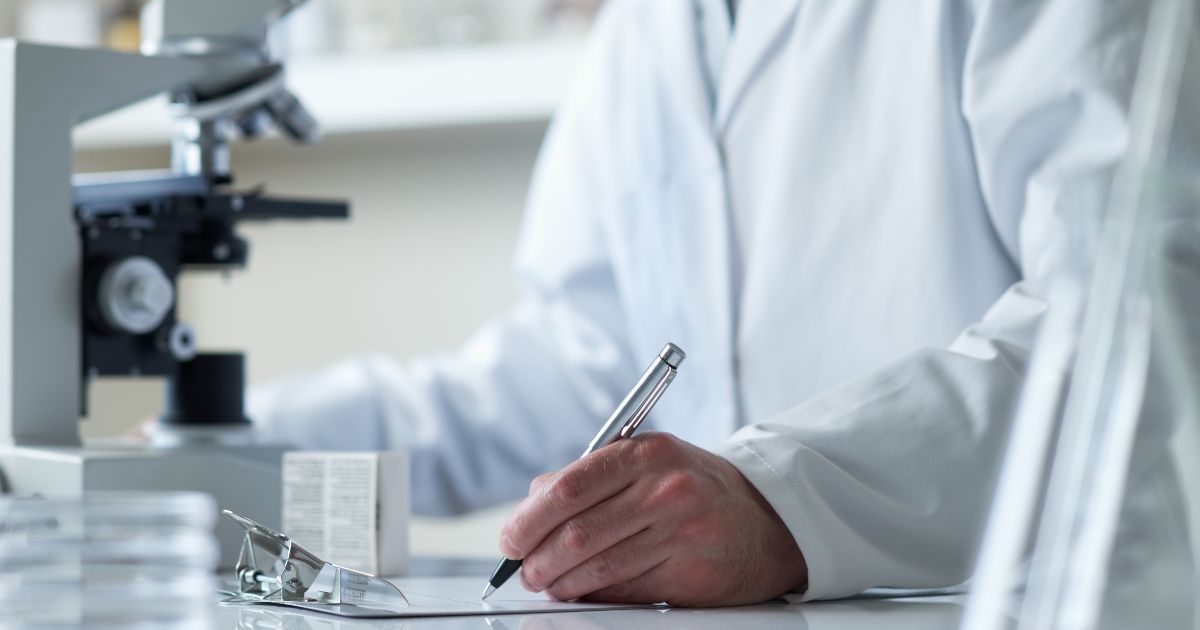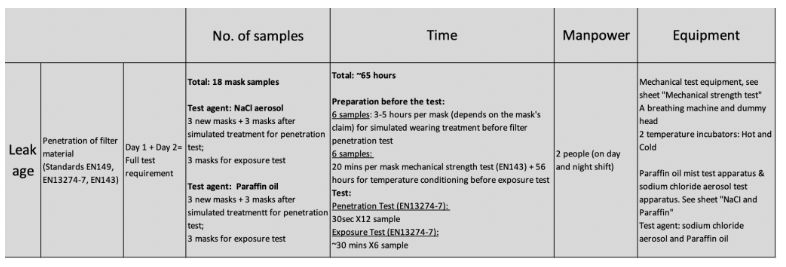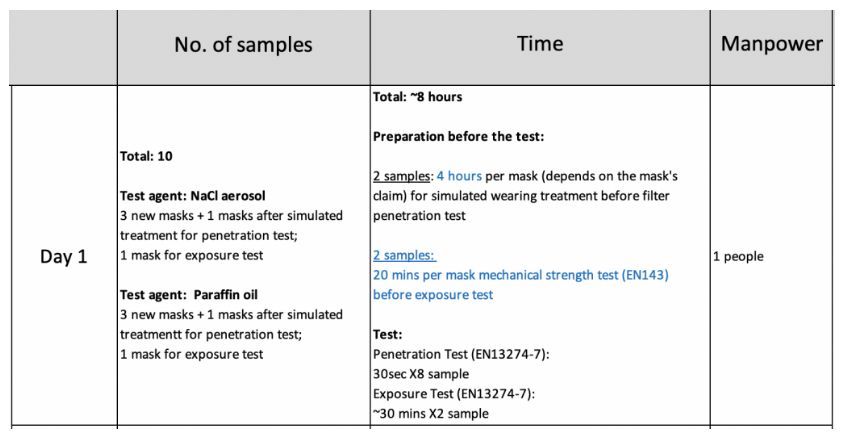The world is full of technical testing standards. The ASTM alone publishes more than 12,000 each year!
However, in some cases, you might find that you need a customized test approach that fits your specific needs.
Here are 3 tips that will help you get faster results.
So you need laboratory test results sooner?
Let’s take an example that we worked on, recently: the Bacteria Filtering Efficiency tests that are part of EN 149 (for confirming that respirators are acceptable as personal protective equipment in the European Union).
Option 1: Use an existing standard and request early results from the lab
If the lab tells you “lead time is 5 working days, from the time we receive the samples”, does it mean you can only have an idea of the results after 5 working days?
No. You can request early/preliminary results from the lab. If they have a focus on customer service (not very frequent, unfortunately) or if you are a key account, they will usually not push back on that idea, as long as you acknowledge that only the final results will be ‘official’.
This is relatively common, for example, in microbiology. Knowing if there seem to be certain bacteria can be very helpful, even if the certainty of the early results is below 50%.
This is also common when samples are tested against a set of technical standards. For example, EN 149 includes visual inspection, packaging check, material physical properties check, a cleaning and disinfecting test, and so on and so forth.
If you are primarily interested in penetration through the material, request that the lab start with those tests and to do those tests on just a few samples. (This might not be totally realistic, but hopefully, they can suggest a smart approach).
Note: by default, the lab technicians will keep working after sending you the early results. If you want them to stop in case the results are very bad or very good, make sure to document all this from the start.
Option 2: Tweak an existing standard
If you feel the test protocols don’t make much sense for you, you can make changes to those protocols.
Try to take the existing standard as a basis and document what needs to be different. This is very important to avoid forcing the technicians to spend time understanding what you want. Remember, 98% of compliance testing labs have a ‘high volume, highly standardized work” business model, and they won’t have the patience of reading a 10-page document for a few thousand USD of extra income.
In the context of EN 149, “penetration of filter material” test, the lab would have to test 18 samples for about 65 hours. This is mainly due to a lengthy preparation process (warm-up, bring back to room temperature, cool down, and so on).
However, if they start running tests immediately with only 20 min of conditioning (simulation of wearer treatment), 2 samples could be tested in about 8 hours. For a buyer that needs the results very fast, this is game-changing! And it’s not that difficult for a lab to understand it, as long as they know “it is based on EN 149, penetration of filter materials, and here are 100 words about what is different for this test”.
In the extreme circumstances we are living through due to coronavirus (we will remember the 2020 PPE craze for a long time!), it seems even that is too much work for most testing labs, though… very frustrating.
Option 3: Create something entirely new
If you represent tends of thousands of tests a year, you will find that many labs want your business, and they may help you define and document your own laboratory test standard!
For example, a few years ago, one of our clients asked us to contact Intertek and to request they test some apparel samples based on the Marks & Spencer/Woolworth South Africa standard.
(That request was denied since that’s not a publicly available document and only those 2 companies and their suppliers can make such requests.)
This is the luxury of being large companies. But midsize companies can often do this too, particularly if they work with a relatively small testing house or one for those few labs that pride themselves in being very customer-oriented.
It may even involve making custom texting fixtures — for example, if you are frustrated that the leakage test for face masks is performed by Asian people in the lab, you might design a more accurate “breathing head” dummy that has the same nose shape as the people in the country of use.
*****
Whatever path you choose to go down, make sure your suppliers know what the method and the acceptance criteria are. If issues are detected, it will make the exchanges more productive!
Get expert help to improve YOUR product quality from suppliers in China or Vietnam. Read: Quality Assurance In China Or Vietnam For Beginners
Grab your free copy of Sofeast’s eBook and learn the common traps new importers from China or Vietnam fall into, and how to avoid or overcome them in order to get the best possible production results. It also outlines a proven quality assurance strategy that you can follow in order to have better control over your product quality, covering:
- Finding Suitable Suppliers
- Defining your Requirements before Production Starts
- Don’t Skip the New Product Introduction Process
- Regular Quality Inspections (Trust but Verify)
- Tying Payments to Quality Approvals
Sounds good? Hit the button below to get your copy now:




